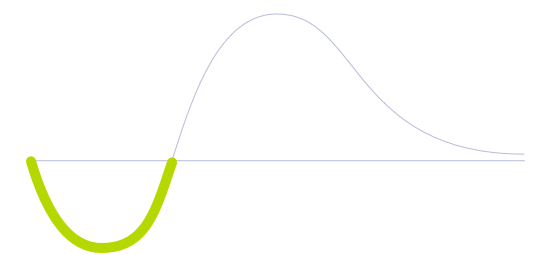Nuclear Fusion Reactor

Technology Life Cycle
Initial phase where new technologies are conceptualized and developed. During this stage, technical viability is explored and initial prototypes may be created.

Technology Readiness Level (TRL)
Experimental analyses are no longer required as multiple component pieces are tested and validated altogether in a lab environment.

Technology Diffusion
First to adopt new technologies. They are willing to take risks and are crucial to the initial testing and development of new applications.

A nuclear fusion reactor is a donut-shaped (also known as torus or tokamak) vacuum chamber containing hydrogen atoms that come together under extreme pressure and high temperatures. The resulting matter of the fusion reaction generates an electrically charged gas containing helium atoms, neutrons, and limitless amounts of energy. This is a similar fusion reaction to a proton-proton chain, a predominant scheme to power hydrogen bombs and stars, such as the sun.
Different from nuclear reactors that use nuclear fission to generate power — where energy is harnessed by splitting one heavy atom of uranium with high-energy neutrons into large amounts of energy, radioactive waste, and radiation — nuclear fusion reactors are considered to be safer, more efficient, cleaner, and a possible endless source of energy.
The principles of nuclear fusion lie in a power-generation process that harnesses energy when two atoms join to form one. However, in order to achieve fusion between atoms, there are particular conditions to be followed. The protons contained in each nucleus of the hydrogen atoms tend to repel each other, similar to when two magnets are placed together — mainly because they have the same charge (positive, in the case of protons). The only way of overcoming this electrical repulsion is by increasing the temperature of the vacuum chamber by around 100 million Kelvin, a temperature six times higher than the sun's core. At this temperature, hydrogen is not yet a gas but a plasma, instead (a high-energy matter in which electrons are removed from the hydrogen atoms and can freely move throughout the vacuum chamber). To fuse the atoms, magnetic fields, lasers, and ion particles squeeze hydrogen atoms together in their core and later produce enormous amounts of energy.
Future Perspectives
Currently, there are two main branches of research and development: fixed large-scale plants and compact high-field redeployable units. The main challenge surrounding fusion relates to the physical structures necessary to allow the fusion reaction to occur. The plasma must be sustained for some time in a high-density, high-temperature, and high-pressure-controlled environment inside a magnetic field.
As more breakthroughs happen, this source of energy could serve as a baseload power source, providing a consistent and reliable supply of electricity and integrating renewable energy grids. Nuclear Fusion Reactors could also power energy-intensive processes such as desalination, addressing freshwater scarcity in many regions of the world. Nuclear fusion reactors could revolutionize space missions by providing a compact and efficient power source for spacecraft. Fusion propulsion systems could enable faster and more efficient interplanetary travel, significantly reducing mission durations.
Image generated by Envisioning using Midjourney